Basil is one of the most versatile herbs which is an indispensable part of many dishes in the world for its distinct taste and pleasant smell. While basil makes a traditional Italian pasta dish with an additional complexity, and can also add depth and character to your summer salad with its beautiful fresh, and distinctive taste. However, fresh basil versus dried basil is even more difficult since several factors are taken into account. This article compares fresh basil versus dried basil in detail, including factors such as flavor aroma, shelf life, and culinary applications.
Fresh Basil versus Dried Basil: Flavor and Aroma
Fresh Basil
When it comes to fresh basil versus dried basil, fresh basil is known for its more intense aromatic characteristics than dried basil. Fresh basil is also known for its peppery, slightly sweet taste with hints of clove and anise. Its fresh, herbaceous taste elevates the taste of dishes, especially when used as a finishing touch.
Dried Basil
Dried basil offers a concentrated flavor and aroma due to its drying process which removes moisture from the leaves, making it suitable for long-cooked dishes.
Fresh Basil versus Dried Basil: Culinary Applications

Fresh Basil
Fresh basil has a relatively short shelf life compared to dried basil. When stored properly, such as in a vase of water on the countertop at room temperature or in the refrigerator wrapped in a damp paper towel, fresh basil can last for about 2 weeks. However, it is best used within a few days to retain its freshness and flavor.
Dried Basil
On the other hand, when comparing the shelf life of fresh basil versus dried basil, dried basil has a significantly longer shelf life than fresh basil. When stored in an airtight container in a cool, dark place, dry basil flavor and quality can last for up to a year. This extended shelf life makes dried basil a convenient option for those who don’t use basil frequently or prefer to have it readily available in their pantry.
I just would like to take a look at Best Method to Dry Parsley
Fresh Basil versus Dried Basil: Culinary Applications
Fresh Basil
Fresh basil is prized for its ability to intensify the flavor of dishes using it as an addition at the end of cooking or as a garnish. Alongside tomatoes, garlic, olive oil, and cheese, fresh basil is widely used in Italian cuisine, particularly in caprese salad, pesto sauce, and pizzas.
Fresh Basil Dishes
- Caprese Salad
Layer the tomato slices, fresh mozzarella, and fresh basil leaves, then add balsamic glaze. Fresh basil will add a robust flavor, elevating the dish.
- Pizza
Top a pizza crust with tomato sauce, fresh mozzarella, sliced tomatoes, and whole basil leaves for a flavorful and tasty pizza.
- Tomato Basil Bruschetta
Mix diced tomatoes, minced garlic, olive oil, balsamic vinegar, and chopped fresh basil leaves on toasted baguette slices and you will have a perfect appetizer.
- Pesto Pasta
Combine fresh basil with pine nuts, garlic, Parmesan cheese, and olive oil to create a fresh-tasting pesto sauce that tastes great with pasta or used as a sandwich spread.
- Tomato Basil Soup
Add canned tomatoes, onions, garlic, broth, and fresh basil to a pot, and simmer the mixture until flavors are well blended for a delicious soup.
Dried Basil
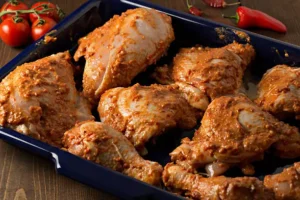
Another aspect to take into consideration when comparing fresh basil versus dried basil is the time of cooking. Dried basil is a convenient ingredient to include in recipes that call for longer cooking times like soups, stews, and sauces. It can be used to season marinades, rubs, and dressings, as well.
Read Also About Oregano: Uses, Taste, Varieties, Substitute and Oil
Dried Basil Dishes
- Spaghetti Bolognese
Sprinkle dried basil into meat sauce while simmering to create a tasty and herbal sauce for this famous Italian dish.
- Pasta Sauces
Using dried basil in the beginning helps to make special pasta sauces, with strong herbaceous and flavorful taste.
- Chicken and Meat Marinades
Rub dried basil with some other herbs and spices onto chicken or meat and roast it for a flavorful and aromatic main course.
When to Use Dried Basil and Fresh Basil
Fresh Basil
- Raw Dishes
Fresh basil is best in raw dishes where its flavor remains unaltered by heat. Use fresh basil in salads, sandwiches, or as a garnish for bruschetta to add a burst of freshness.
- Garnishing
Sprinkle fresh basil leaves, torn or chopped over completed dishes just before serving to impart their wonderful fragrance.
- Light Sauces
Fresh basil is a perfect choice for light sauces such as pesto, where its strong flavor cannot be overpowered by other ingredients.
Dried Basil
- Long Cooking Time
Add dried basil in recipes that involve longer cooking or baking times allowing it to release its aroma and flavor. Include dried basil in sauces, soups, stews, and casseroles for subtle herbal notes.
- Readily Substitute
Even though their slightly different flavor profile, dried basil can be a suitable substitute for fresh basil if it is not available.
Read Also: Cardamom VS Coriander A Detailed Comparison
Converting Basil Amounts
Comparing fresh basil versus dried basil is a tricky thing when it comes to converting between both of them due to their different flavor concentration. Although, it is advisable to use 1 teaspoon of dried basil for every 4 teaspoons of fresh basil.
For example, if the recipe requires ¼ cup of fresh basil (12 teaspoons) would be replaced by about 3 teaspoons of dried basil.
More Examples of Converting Fresh basil to Dry Basil or Vice Versa
- Convert 1/2 cup fresh basil to dried basil would be about 6 teaspoons of dried basil.
- Convert 1/4 cup fresh basil to dried basil would be about 3 teaspoons of dried basil
- Convert 1 tbsp fresh basil to dried basil would be about 1 teaspoon of dried basil.
- 1/3 cup fresh basil (16 teaspoons) to dried basil would be about 4 teaspoons of dried basil.
Conclusion
Whether you decide to go for fresh or dried basil, each of these types is going to offer you something unique to make your dishes stand out. Among these various factors, there are two most important ones: the strength of flavor, and the shelf life. Choose fresh basil leaves if you want the dish to be bright green and have a strong basil flavor, or dried basil, which offers a simple herbal taste and is very easy to store. So, the last factors that will decide whether you should go for fresh basil versus dried basil are preference, recipe requirements, and the availability of the ingredients.
FAQs
- How much-dried basil equals fresh basil?
In general, you could use 1 teaspoon of dried basil for every 4 teaspoons of fresh basil.
- Can dried basil be substituted for fresh basil?
Yes, dried basil can be substituted for fresh basil in recipes. However, since dried basil has a more concentrated flavor, you’ll typically need to use less of it compared to fresh basil to achieve a similar taste profile.
- Is dried basil as good as fresh basil?
Dried basil offers convenience and a longer shelf life, but it lacks the vibrant flavor, intense aroma, and nutritional value of fresh basil. While still valuable, its qualities may not fully replicate the experience of using fresh basil.
- Does fresh basil make a difference?
Yes, fresh basil makes a significant difference in culinary creations. Its vibrant flavor and intense aroma elevate dishes, particularly those where freshness is key, such as salads, sauces, and garnishes.

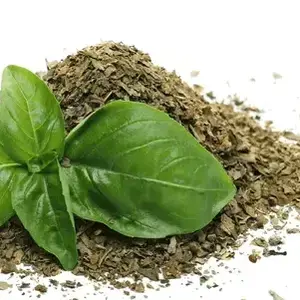
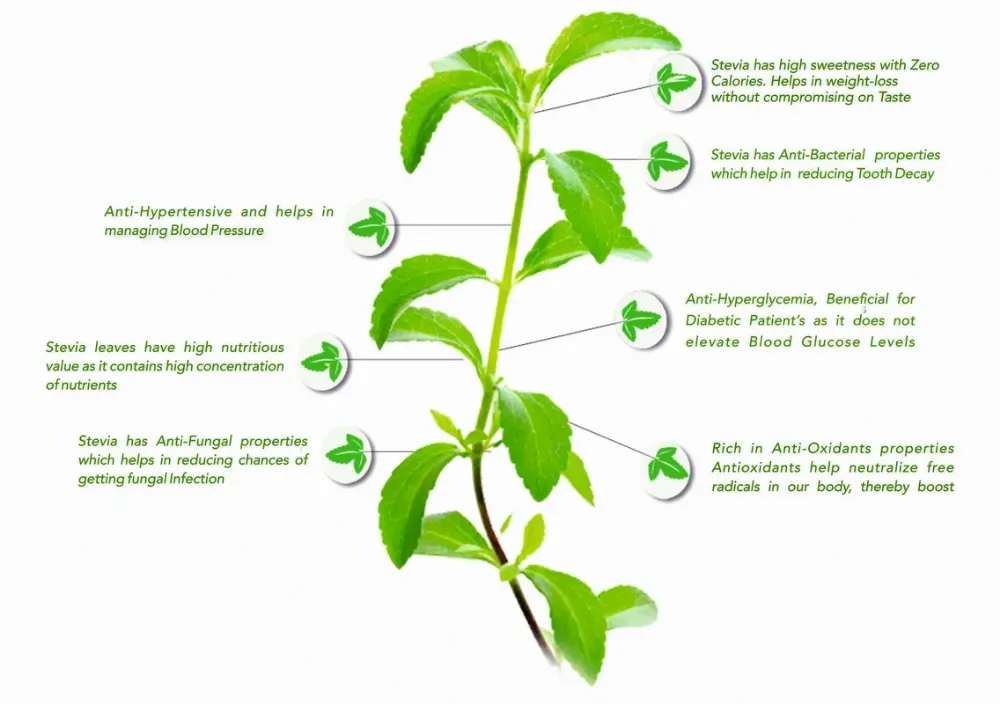
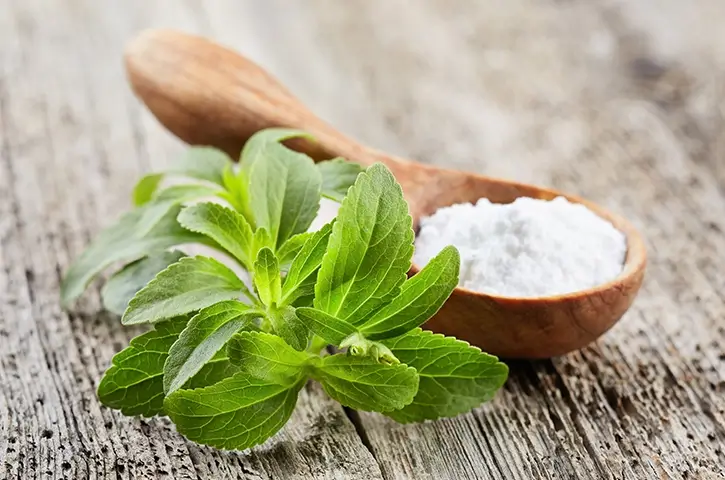
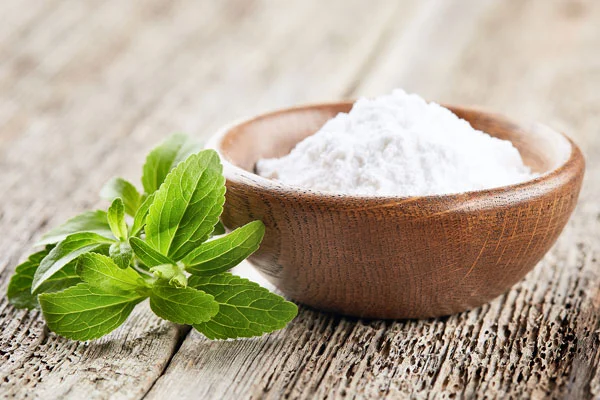

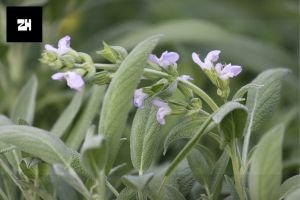


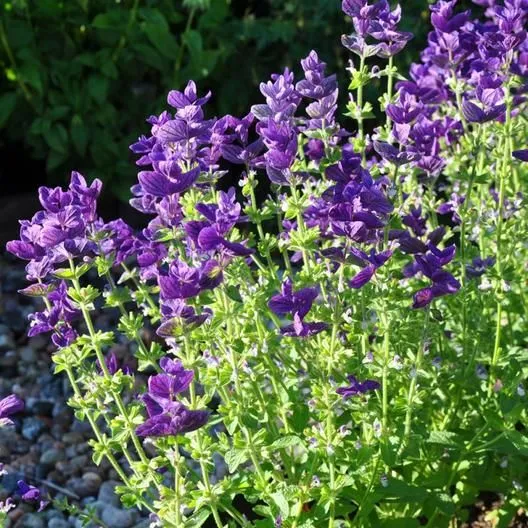
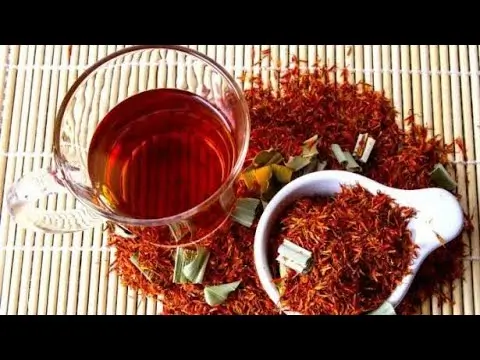










I am truly thankful to the owner of this web site who has shared this fantastic piece of writing at at this place.
Pingback: Understanding Basil: Conversions and Substitutions – zestyhut